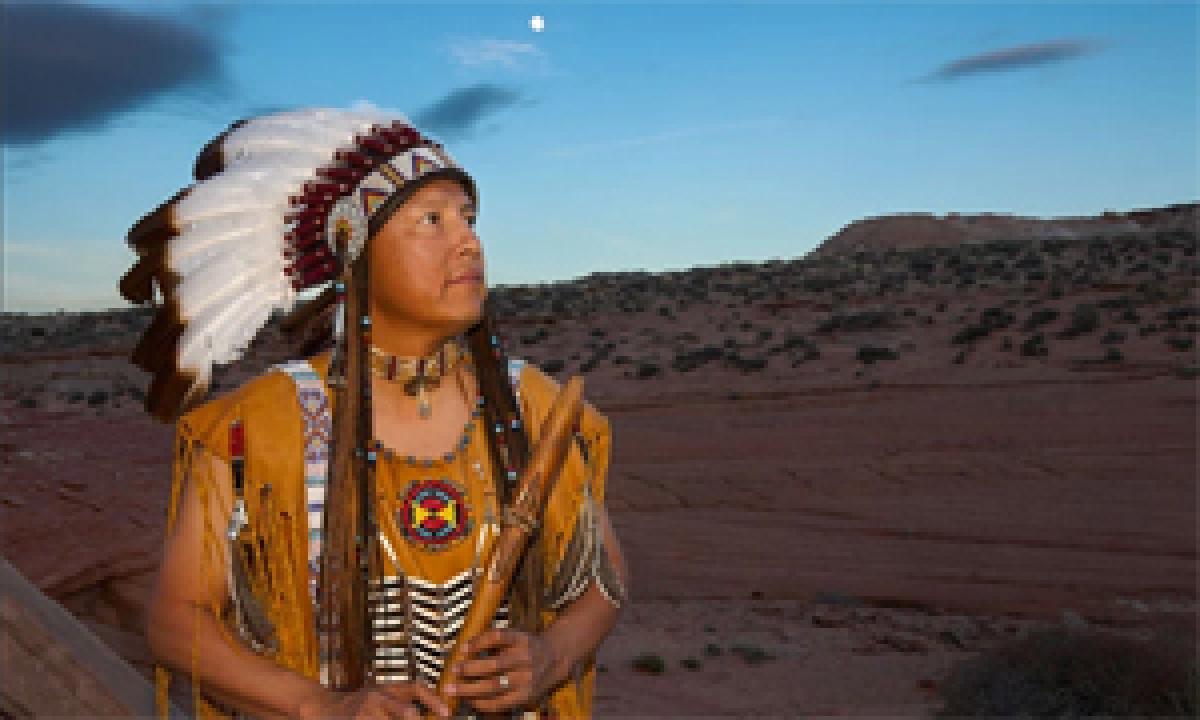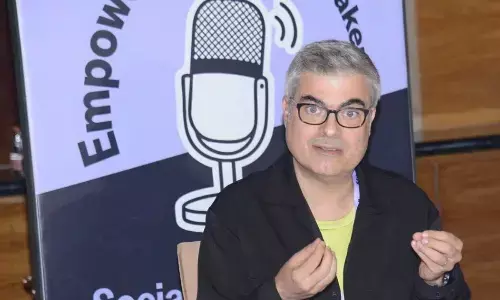Native Americans came from Australasia not Siberia: Scientists

Native Americans Came From Australasia Not Siberia: Scientists. Debunking the latest discovery claiming that the first people to reach the Americas came from Siberia, now in Russia, around 23,000 years ago, new research proposes that native Americans living in the Amazon bear an unexpected genetic connection to indigenous people in Australasia.
 Washington: Debunking the latest discovery claiming that the first people to reach the Americas came from Siberia, now in Russia, around 23,000 years ago, new research proposes that native Americans living in the Amazon bear an unexpected genetic connection to indigenous people in Australasia.
Washington: Debunking the latest discovery claiming that the first people to reach the Americas came from Siberia, now in Russia, around 23,000 years ago, new research proposes that native Americans living in the Amazon bear an unexpected genetic connection to indigenous people in Australasia.
The new discovery suggests a previously unknown wave of migration to the Americas thousands of years ago.
"There is a strong working model in archaeology and genetics that most Native Americans today extend from a single pulse of expansion south of the ice sheets - and that is wrong. We missed something very important in the original data,” claimed David Reich, professor of genetics at Harvard Medical School and senior author of the study.
Previous research showed that native Americans from the Arctic to the southern tip of South America can trace their ancestry to a single "founding population" called the First Americans.
In 2012, Reich and colleagues enriched this history by showing that certain indigenous groups in northern Canada inherited DNA from at least two subsequent waves of migration.
The new study, published in the journal Nature, indicates that there is more to the story.
Pontus Skoglund, first author of the paper and a postdoctoral researcher in the Reich lab, was studying genetic data when he noticed a strange similarity between one or two Native American groups in Brazil and indigenous groups in Australia, New Guinea and the Andaman Islands.
"That was an unexpected and somewhat confusing result,” said Reich.
The team analysed publicly available genetic information from 21 native American populations from Central and South America.
They also collected and analysed DNA from nine additional populations in Brazil.
The team then compared those genomes to the genomes of people from about 200 non-American populations.
The link persisted.
The Tupi-speaking Surui and Karitiana and the Ge-speaking Xavante of the Amazon had a genetic ancestor more closely related to indigenous Australasians than to any other present-day population.
The researchers believe the ancestry is much older - perhaps as old as the First Americans.
"We have done a lot of sampling in East Asia and nobody looks like this. It is an unknown group that doesn't exist anymore,” Skoglund emphasised.
The team has named the mysterious ancestor Population Y.
The team proposes that Population Y and First Americans came down from the ice sheets to become the two founding populations of the Americas.
"We do not know the order, the time separation or the geographical patterns,” Skoglund concluded.
To answer this, researchers need to sample DNA from the remains of a person who belonged to Population Y.
Such DNA has not been obtained yet.
One place to look might be in the skeletons of early Native Americans whose skulls some researchers say have Australasian features.
"We have a broad view of the deep origins of Native American ancestry, but within that diversity we know very little about the history of how those populations relate to each other," Reich concluded.


















